By Ryan Brunette
South Africa has witnessed the rise of machine politics. Part One considered the dynamics of this development. Political machines work to extract resources from the public programmes of the state. They go on to tie their political leaders, by a discretionary distribution of the proceeds, by patronage, to the support base necessary to win elections and otherwise fend off threats. South Africa’s crisis is now informed by the nationally-articulated and mass-based patronage system that these machines compose. Criminality and violence in politics, varieties of authoritarianism, policy stasis, fiscal crisis and administrative incapability, broader socio-economic decline; all regular features of worldwide experience with such systems and all evident in this country.
The spectre of prosecutions has recently been raised against the leaders of some of South Africa’s great and most deleterious political machines. Public energies have focused on this as a solution to the problem. There is little reason to believe that it will work.
The problem with prosecutions The first political machine, operating for most of its history as New York City’s Democratic Party machine, was the Society of Saint Tammany, famous for posterity as Tammany Hall. The first major investigations were brought against it in 1806. Its last old-style boss, then eight years out of office, was prosecuted and convicted in 1969. In that long interval, Tammany anticipated all the counter-prosecutorial tactics now on frenetic, internet-age display in South Africa. Prosecutions seek to confine machine politicians within autonomously proceeding legalities. The goal of machines is to politicise, subordinating the law to power. They continuously, as a matter of course, seek to control the points from which investigations and prosecutions might come. Prosecutorial threats, therefore, amount to incomplete breaches of standing defences. Machines retain resources and tactics for containing and closing them. A central line of counterattack is both direct and relatively subterranean. Political machines, like Tammany and in South Africa, “lose” and destroy incriminating documentation. For manipulating investigators and witnesses, they are ordinarily overflowing with cash, with violent capabilities, and with ties into the police. They bribe. To gain leverage with blackmail, they meticulously examine personal records for potential embarrassments. They intimidate. Not least to set an example for wider communities, they kill.

